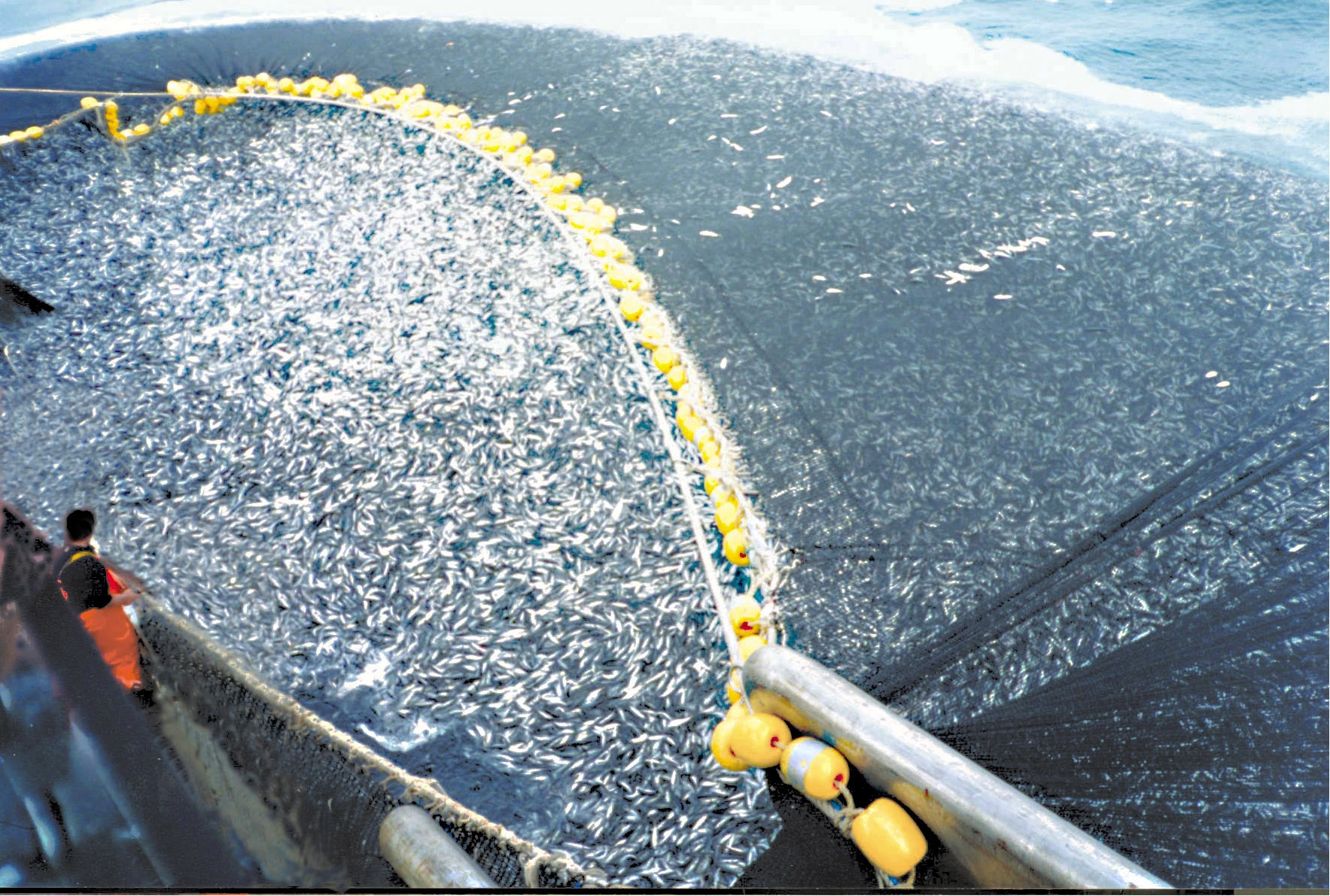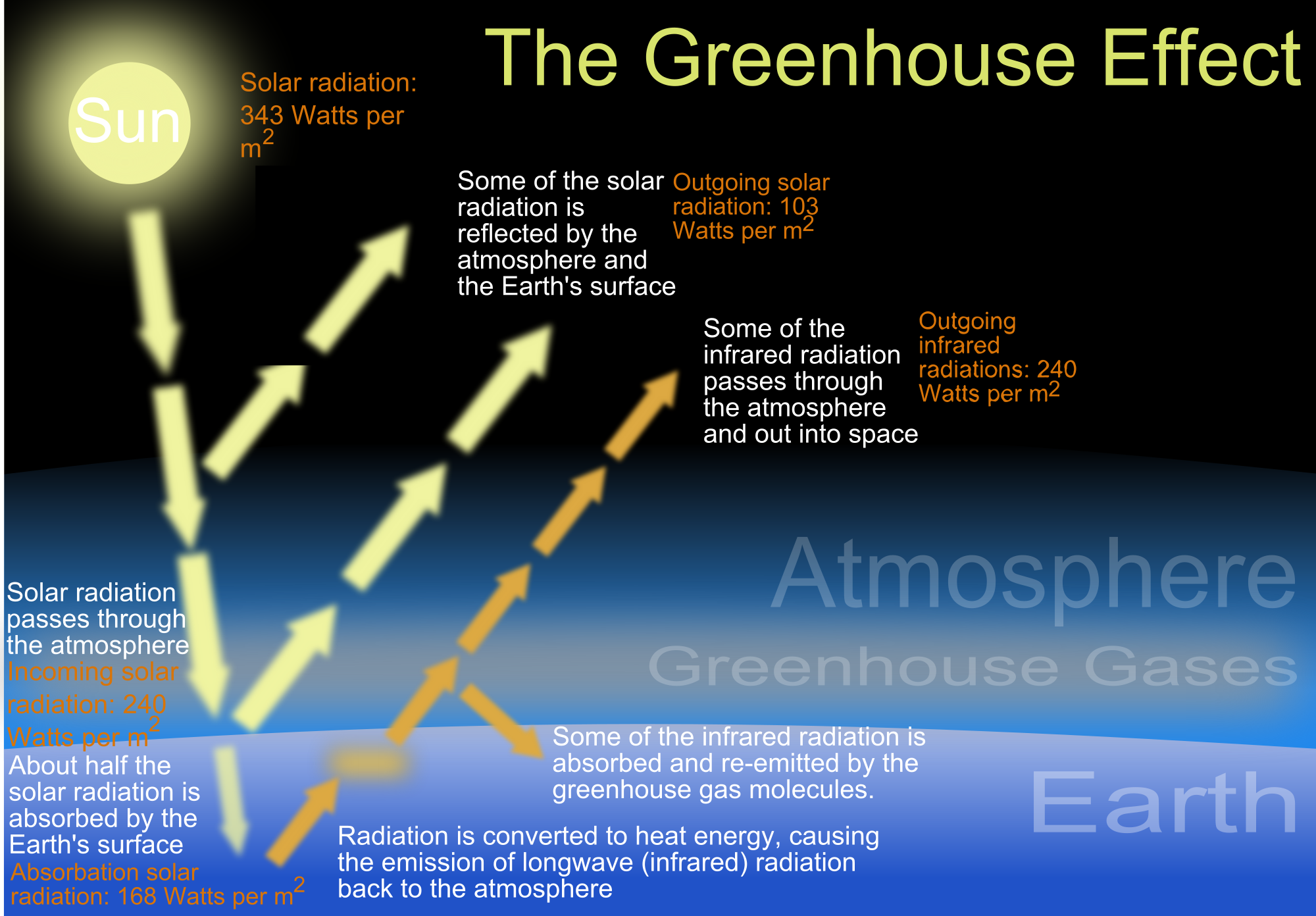The Problem
Eutrophication is the process by which excess chemical nutrients enter waterways. These nutrients cause algae to bloom in large numbers because they consume it as food. The algae blocks out the sunlight other animals, like the zooxanthellae that provide coral with nutrients, need for photosynthesis and for survival. Also, bacteria that consume the decaying algae require a large quantity of oxygen to grow, limiting the amount other organisms can use. Areas that become low in oxygen are considered hypoxic, and areas of no oxygen are anoxic. Low oxygen areas can create "dead zones," large areas where limited life is possible due to the absence of sufficient oxygen. Many organisms are effected by algal blooms, especially if the type of algae creates toxins that are harmful to its health. Massive fish kills can result, obviously harming tons of species, including humans who visit or live near the beach. Over 60% of the coastal rivers and waterways of the United States are affected by some form of eutrophication.
The Causes
Nutrient pollution enters waterways because of sources like agriculture, aquaculture, septic tanks, wastewater, runoff, industry, and combustion from fossil fuels. Chemicals travel though the air, surface water and/or groundwater. Some of the most prevalent nutrients used are nitrogen and phosphorous.
In order to fertilize the plants we grow, humans add millions of tons of chemicals into the environment every year. In 2008 alone, 54.9 million tons of raw materials with 21.5 million tons of nutrients were applied in only the United States. These numbers are continuing to increase each year. About 20% of these chemicals escape into the environment via groundwater or surface runoff into nearby areas. Feces excreted by livestock animals and waste from aquaculture also escape into the environment and add too many nutrients to the waterways.
Wastewater from industry is not usually filtered for nutrients so they can easily end up in the ecosystem. Leaching from septic tanks and runoff from yards are also contributors to the problem.
The burning of fossil fuels adds a lot of nitrogen to the air. This nitrogen can form acid rain and smog and also end up in the oceans.
What Can You Do?
In order to minimize the harmful effects of eutrophication on marine species, we must limit our uses of fertilizer and other nutrient sources as much as possible. DON'T put fertilizer on your yard if you live close to waterways. DON'T fertilize if it looks like it's going to rain because then the nutrients will be lost and enter the environment. DO use native plants species in your yard because they are already adapted to the environment and will not need as many extra nutrients to grow. By limiting waste, we can make the world a better place!
Sources:
http://oceanservice.noaa.gov/education/kits/estuaries/media/supp_estuar09b_eutro.html
https://www.tfi.org/statistics/statistics-faqs
http://www.wri.org/our-work/project/eutrophication-and-hypoxia/sources-eutrophication










